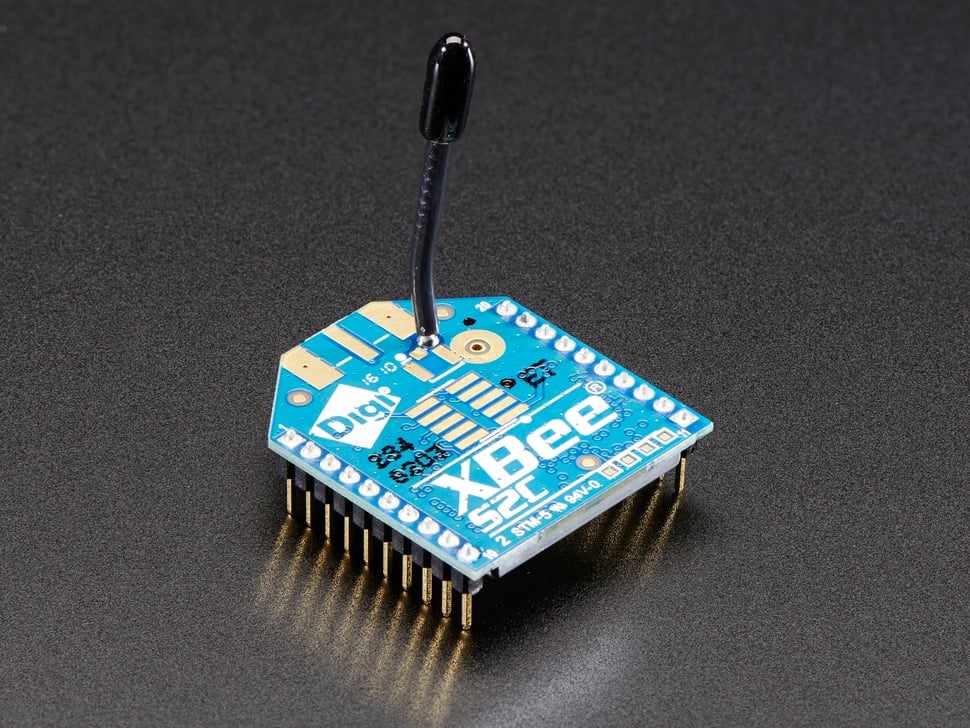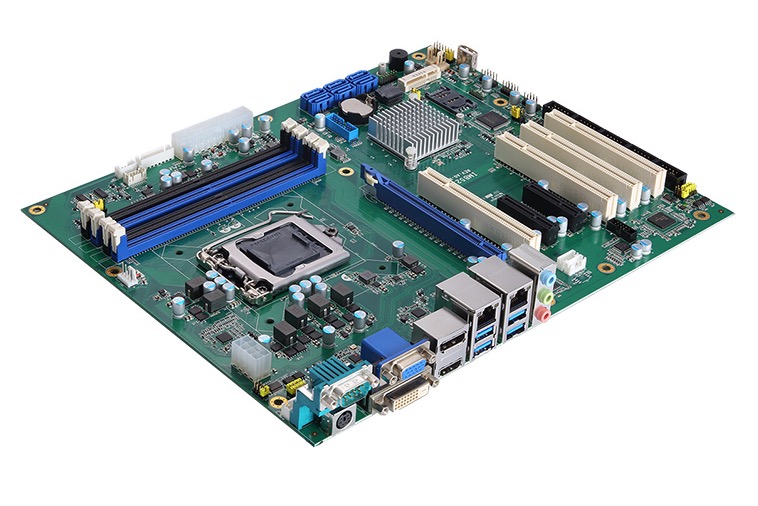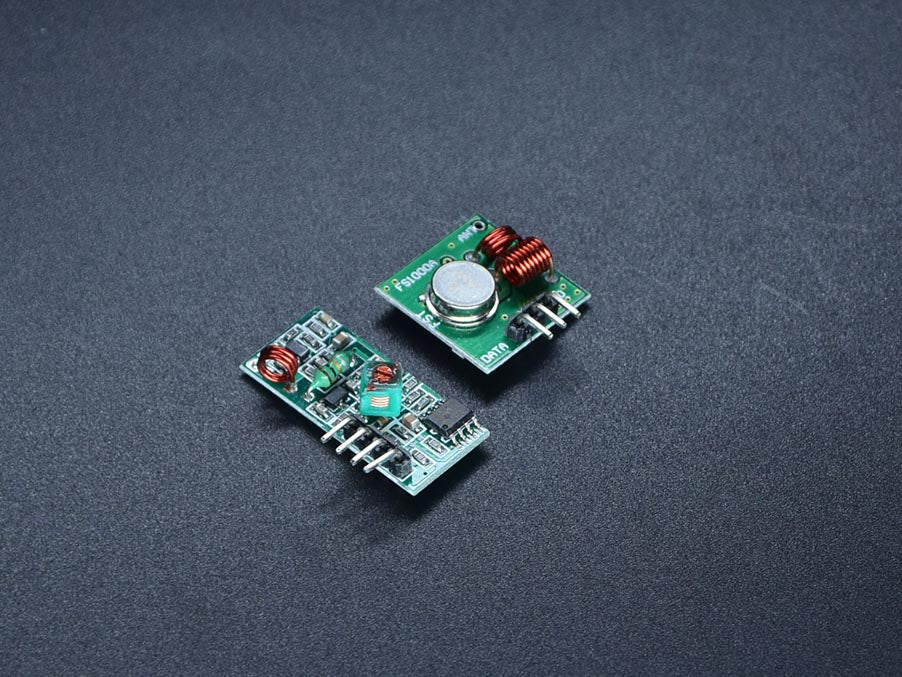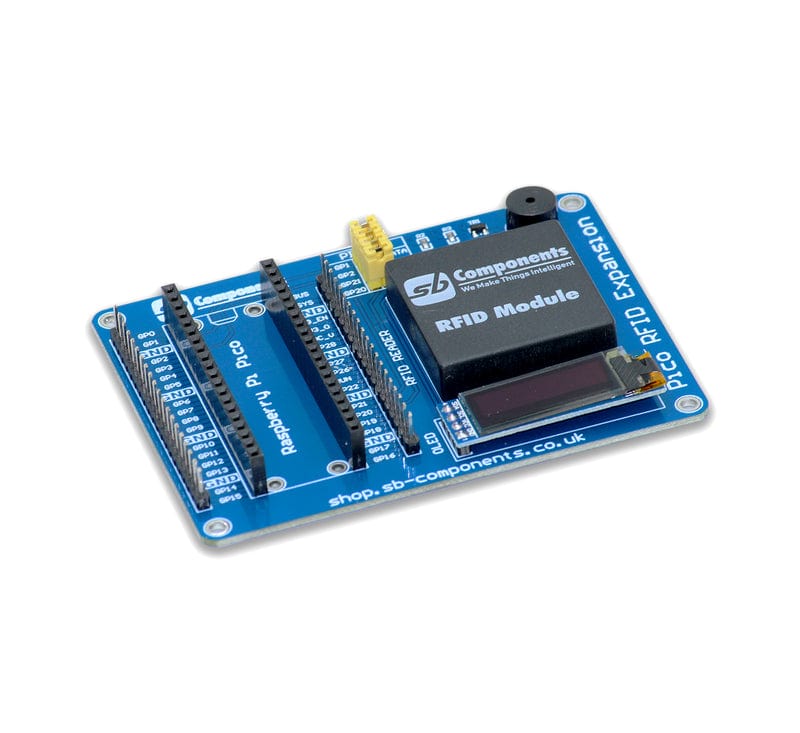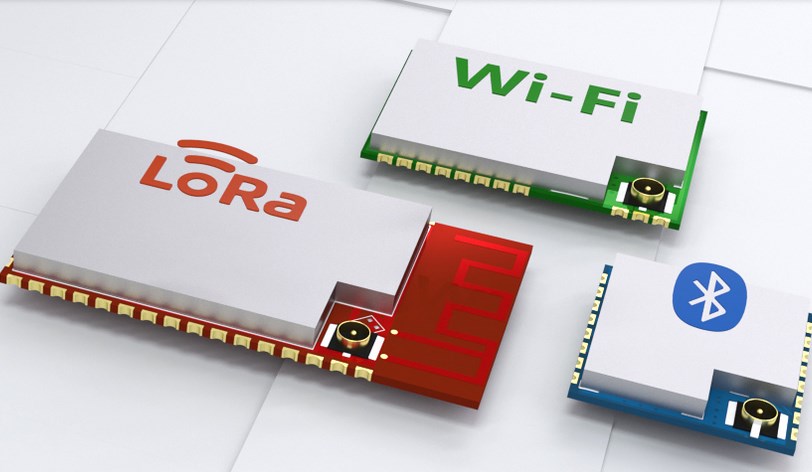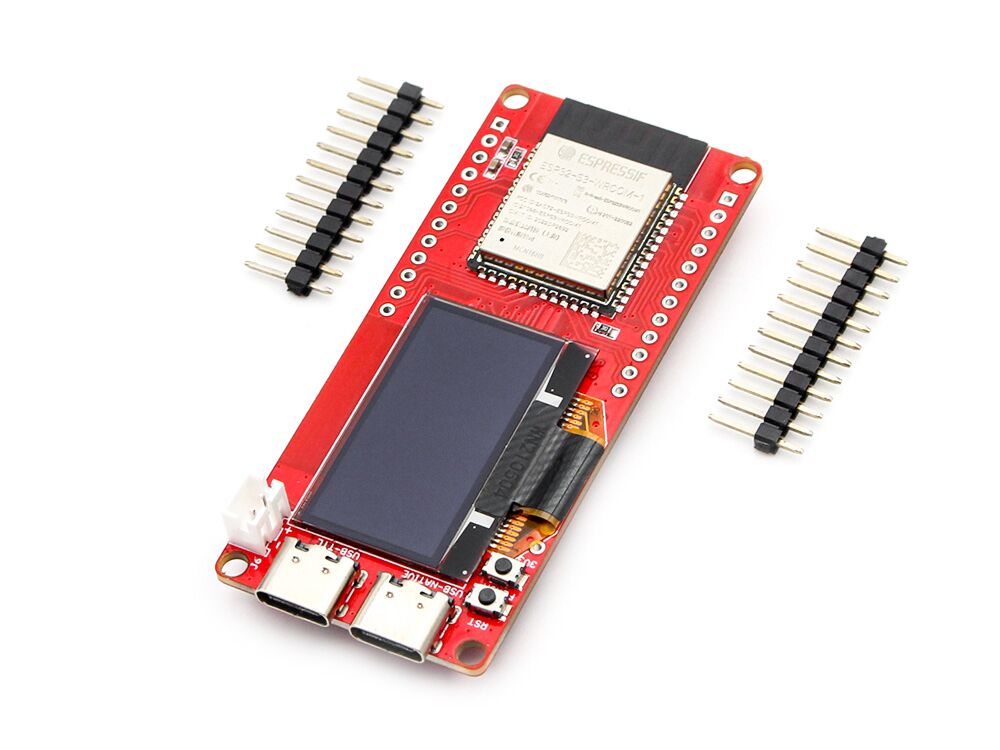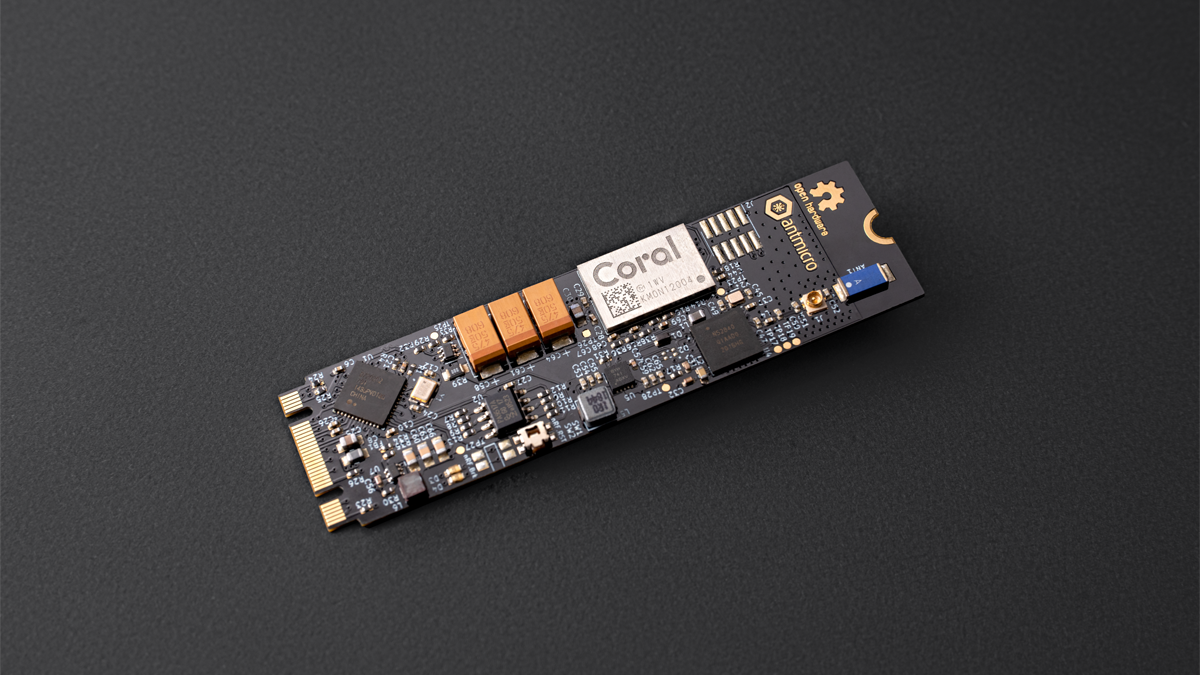
What is the difference between a Development Board and a PCB?
In electronics, developers frequently encounter two fundamental components: the Printed Circuit Board (PCB) and the Development Board. While both involve circuit boards, they serve very different purposes. A PCB provides the structural and electrical foundation for components in a finished device. A Development Board, by contrast, is a ready-to-use platform

